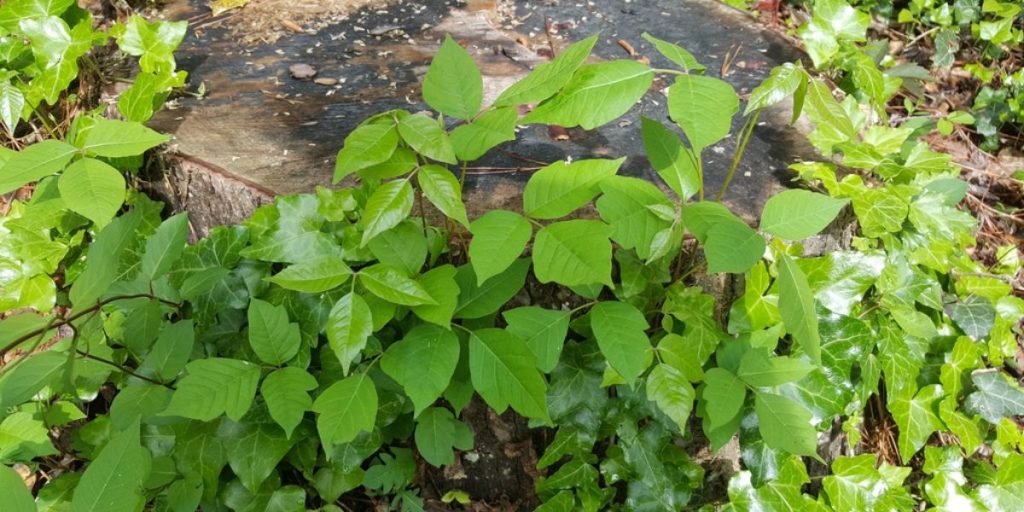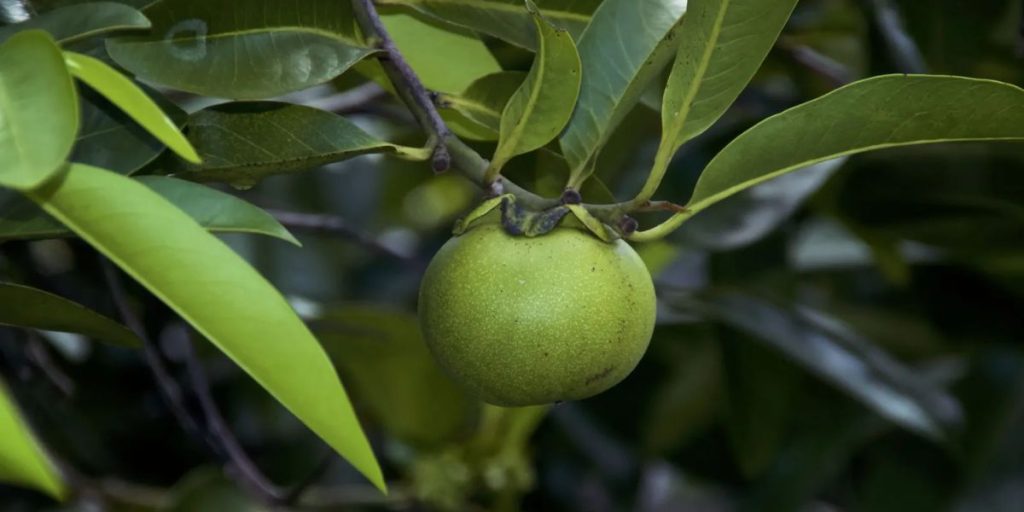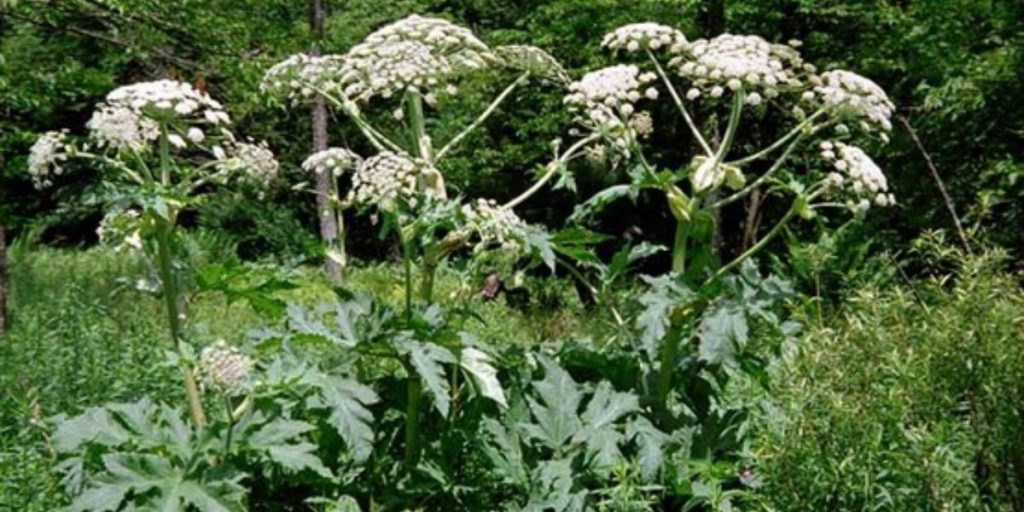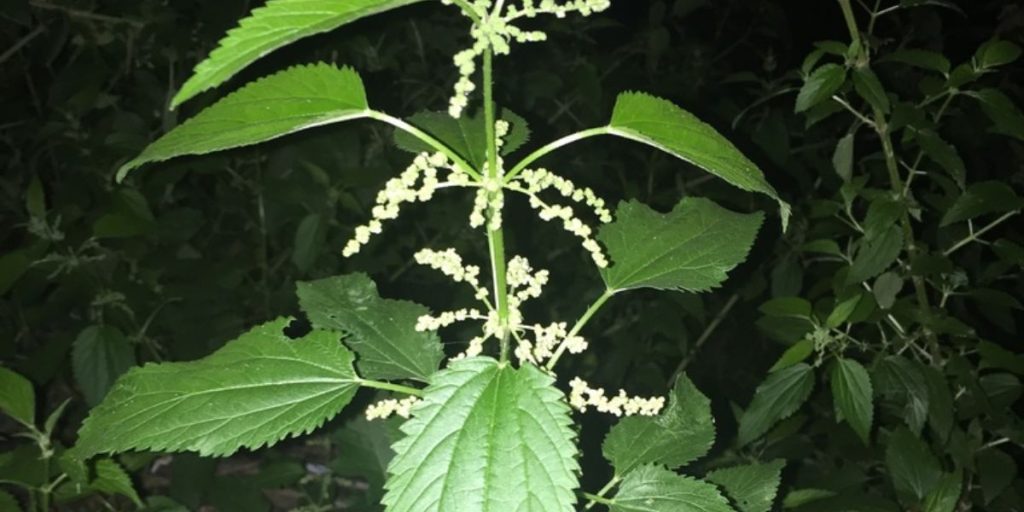Florida’s lush landscapes and diverse ecosystems are home to an array of plant life, some of which can be beautiful and harmless, while others hide potentially dangerous secrets.
While exploring the Sunshine State’s natural beauty, it’s essential to be aware of the potential risks posed by certain plants. Here are seven dangerous plants in Florida that you should never touch:
Poison Ivy (Toxicodendron radicans)

Found throughout Florida, poison ivy is notorious for causing skin irritation and itching. Its leaves contain a toxic resin called urushiol, which can cause allergic reactions in many people. Identifying and avoiding contact with this three-leaved plant is crucial to preventing uncomfortable skin rashes.
Manchineel Tree (Hippomane mancinella)
Often referred to as the “world’s most dangerous tree,” the manchineel is native to Florida’s coastal areas. Every part of this tree, from its leaves to its fruit, contains a toxic sap that can cause severe skin burns and even blindness if it comes into contact with the eyes.

Giant Hogweed (Heracleum mantegazzianum)
While not as common in Florida as in some other states, giant hogweed can still be found. This invasive plant produces a clear, watery sap that, when exposed to sunlight, can cause severe burns, blisters, and skin discoloration. Identifying and avoiding this plant is crucial for preventing painful skin reactions.

Rosary Pea (Abrus precatorius)
Native to Florida, the rosary pea may seem innocuous with its vibrant red seeds, often used in jewelry. However, these seeds contain a potent toxin called abrin, which is highly toxic when ingested. Even handling the seeds can lead to skin irritation, making it a plant to avoid at all costs.
White Snakeroot (Ageratina altissima)
Commonly found in Florida’s woodlands, white snakeroot contains a toxin called tremetol. If livestock consume this plant, their milk can become contaminated with the toxin, leading to a condition known as milk sickness. While human poisoning is rare, it’s best to avoid contact with this plant.
Stinging Nettle (Urtica dioica)

Though not as dangerous as some other plants on this list, the stinging nettle is worth mentioning due to its ability to cause painful skin irritation upon contact. Fine hairs on the plant’s leaves release chemicals that can cause a stinging sensation, itching, and redness.
Coral Ardisia (Ardisia crenata)
An invasive species in Florida, coral Ardisia produces attractive berries that are toxic when ingested. While the plant may seem harmless, contact with its sap can cause skin irritation, making it advisable to avoid handling this plant.
Conclusion:
Florida’s rich biodiversity offers a captivating array of plant life, but it’s essential to be aware of potential hazards. Whether you’re an avid nature enthusiast or a casual wanderer, recognizing and avoiding these seven dangerous plants will help ensure a safer and more enjoyable experience in the Sunshine State’s great outdoors. Always exercise caution and educate yourself about the local flora to minimize the risk of encountering harmful plants.